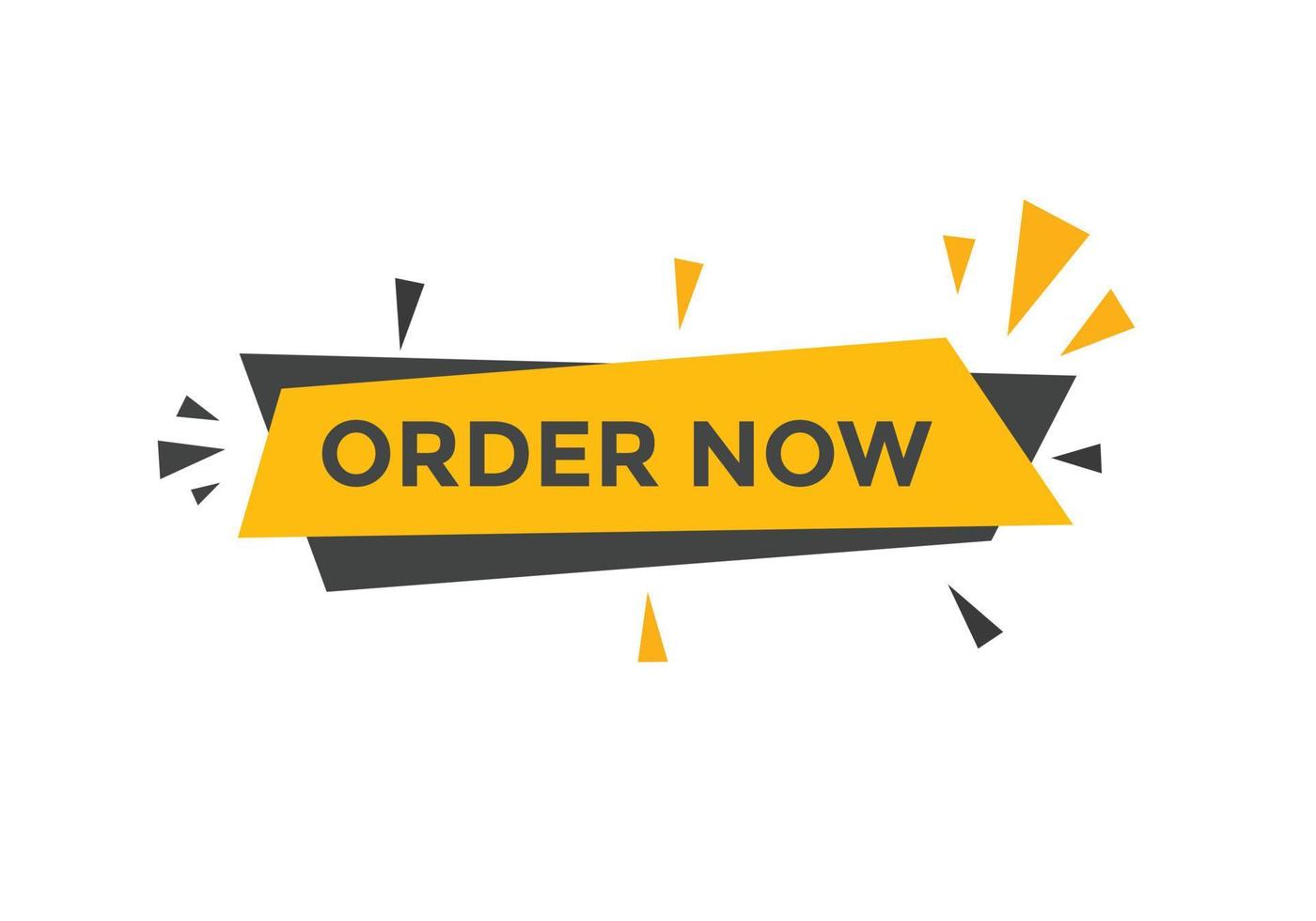Assignment: W6A4 Healthcare Budget Request – Budget Development
This section will help prepare you to complete the week 6 Assignment 4: Healthcare Budget Request – Budget Development. But before beginning work on the assignment, it may be helpful to review budgets and the role of the budget request you are developing.
What is a budget?
When you set a personal objective like purchasing a new car, you need a plan to make your dream a reality. When organizations make plans to make objectives, they establish strategies to achieve them. And just as finance plays a major role in achieving your personal objective, so too does accounting and finance impact organizational objectives.
Accounting has two important functions that directly impact strategy: planning and control. Planning is the process of establishing and communicating goals. Organizations do this in several ways, often beginning with organizational vision or mission statements that are reflected in subsequent goals. As goals are considered, the organization begins evaluating the resources needed to make goals a reality. Once a goal is established, an important part of the planning is creation of a budget, a planning tool that allocates resources (such as money or personnel) to the activities and capital needed to support the strategy. As discussed throughout this course, resources are limited so strategic planning requires effective resource allocation.
A budget is an estimation of revenue and expenses over a specified future time. Because they project to a future point, budgets are considered plans. Budgets are an integral part of running any organization efficiently and effectively, whether they be private, public, profit, nonprofit, or government organizations.
Budgets enable the actual financial operation of the business to be measured against the forecast. If a detailed budget is created properly, it makes it easier to follow up on what had gone as expected and what hadn’t.
In short, budgets enable the following activities:
- Planning: Budgets are planning tools necessary for building a framework for the organization and its finances. Combining past trends with realistic forecasts for the fiscal year, a budget provides a detailed view of assets, realistic revenue expectations, and how those balance against anticipated expenses.
- Evaluation: Budgets are necessary for evaluating organizational performance. Part of budgeting responsibly is tracking actual revenue and expenses and comparing them to what was budgeted. This helps to assure that the organization is adhering to its plans, while also helping to identify problems and opportunities.
- Financing: Budgeting helps show lenders or potential investors evidence of strong fiscal practices, which can help raise the money needed to acquire goods and services needed for growth.
- Staffing: Budgeting helps identify and plan for staffing needs. Very often an organization will not create openings and actively recruit until the budget for staffing has been developed and approved.
Just as there are short-term, long-term, and strategic plans, there are short-term, long-term, and strategic budgets. Organizations also create budgets to monitor sales growth, track cash within the organization, and acquire capital and other goods and services.
| Types of Organizational Budgets | |
| Cash (or cash flow) budget | Projects how and when cash comes in and flows out of the organization within a specified time period. |
| Master budget
|
Aggregate of the organization’s individual budgets designed to present a complete picture of its financial activity and health. |
| Sales budget | Estimate of sales for a future financial period. |
| Direct staffing budget
|
Calculates the number of staff/labor hours that will be needed to operate at anticipated capacity.
|
| Selling and administrative expense budget
|
Comprised of the budgets of departments such as the sales, marketing, accounting, engineering, and facilities departments. |
| Capital budget
|
A budget allocating money for the acquisition or maintenance of fixed assets such as land, buildings, and equipment. |
| Operation budget
|
A forecast and analysis of projected income and expenses over the course of a specified time period. |
Organizations develop several types of budgets, each with different needs in mind. While not every organization will need every type of budget, it should be clear that budgeting can impact every facet of an organization.
The Budgeting Process
The process of creating and maintaining budgets is referred to as budgeting. Budgeting is often a collective process in which the different operating units within the organization prepare their plans in alignment with the corporate/strategic goals.
Budgeting is part planning, part controlling. In the planning phase, the organization prepares budgets by projecting needs. In the controlling phase, organizations compare budgets to the original projections to evaluate performance.
The process organizations use to develop their budgets is usually referred to as the budgeting process. This process can vary by organization. Large hospitals, for example, approach budgeting as a collective process, with each department or unit contributing goals and budgets that align with the achievement of the corporate goals. Department or unit managers prepare projections of sales, operating costs, overhead costs, and capital requirements. They calculate operating profits and returns on the investment they intend to use. The budget itself is the projection of these values for the next calendar or fiscal year. As part of this process, each unit presents its plans and budget to a reviewing upper management panel and may, thereafter, make whatever changes result from instructions from or negotiations with the higher level. Approved budgets then become the “road-map” for operations in the coming year. Ideally regular reviews track performance against the budget. As part of such reviews, changes to the budget may be approved.
In smaller organizations, like small clinics, the process is typically less structured. Some small organizations may not even develop a budget or, if they do, they may fail to consult it on a regular basis. For others, a single master budget may be appropriate, developed by the owner or a small budget or leadership team.
Note: Your healthcare budget request is a step in the budgeting process. By making a case for your ideas, you are requesting that resources be accounted for when new budgets are made.
What is Capital?
One specific type of budget is the capital budget. Every organization requires money to carry on its activities. Capital is a broad term that represents the financial assets of the organization. Included under this umbrella are such items as money the organization holds, and certain types of equipment and facilities. There are two categories of capital: fixed capital and working capital.
Fixed capital refers to the capital invested in fixed, long-term assets for business. Long-term assets are durable items with a useful life of more than one year. Hence fixed capital is the money invested in purchasing assets like facilities, equipment, land, furniture, fixtures, vehicles, and other similar items.
Working capital is used to finance day-to-day business operations. Working capital is invested in current assets, which are sold, consumed, or used through operations of the organization. Hence working capital is invested in materials, work in progress, finished goods, receivables (money owed to the organization), cash, and other items. Working capital is necessary to make appropriate use of fixed capital.
The elements of capital complement each other in a sense that fixed capital is needed to launch a business or a project/proposal (such as your new healthcare product or service), and often is required to meet long-term strategic objectives. Working capital




Reviews
There are no reviews yet.